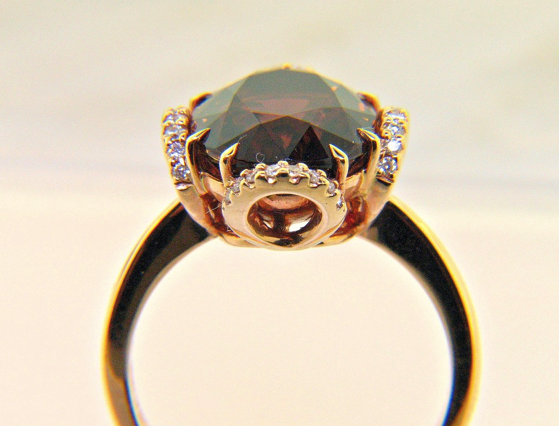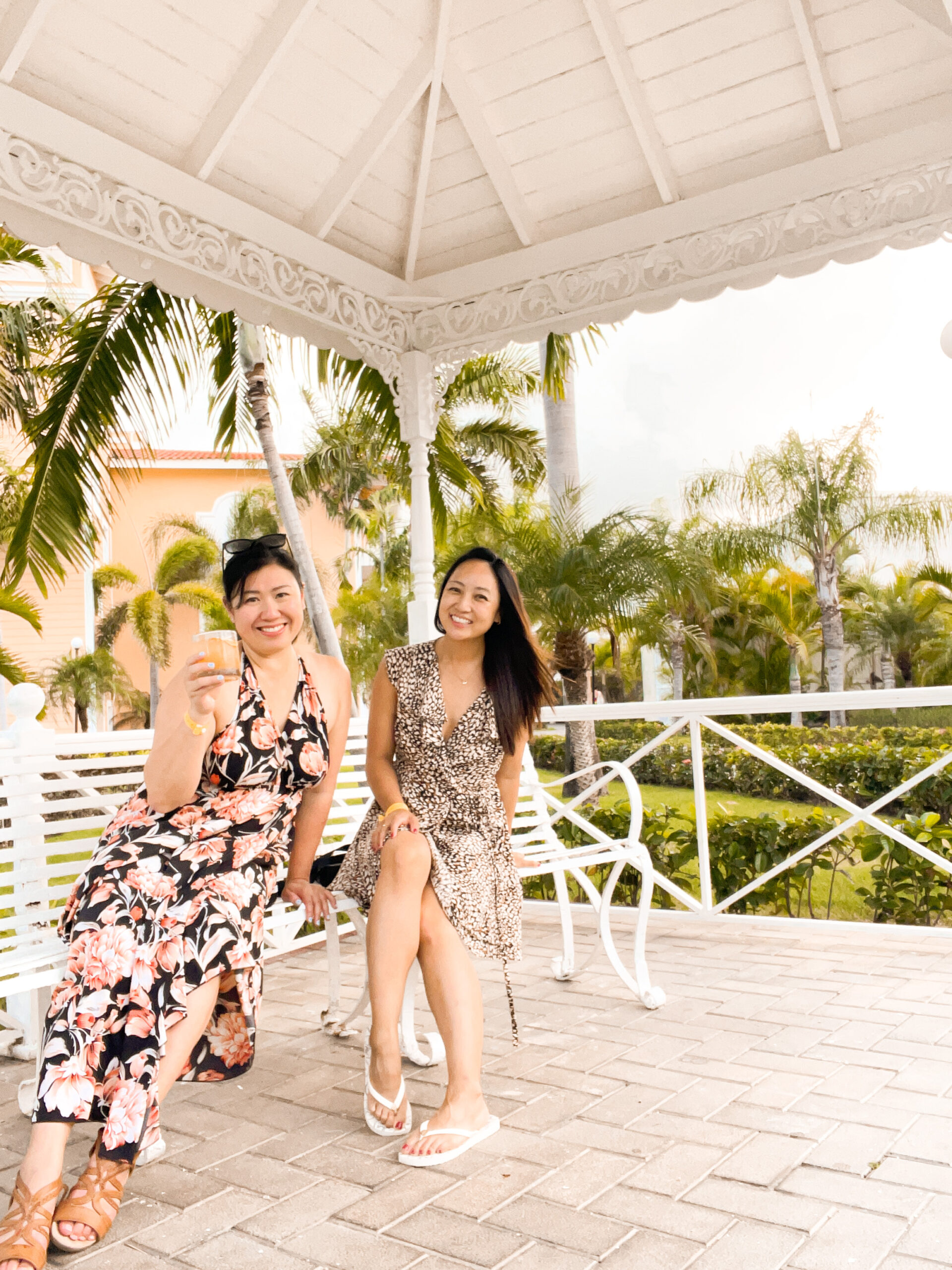By now, the 4 Cs may well have been drilled into your mind if you are shopping for an engagement ring. As you probably know, they stand for clarity, cut, carat, and colour and are the base point on which rarity and cost are determined. But, did you know that the 4Cs are applicable almost completely to colourless or white diamonds, and not so much to coloured stones? There’s one main reason for this: it all comes down to colour when dealing with coloured diamonds. Let’s look at why the 4 Cs don’t necessarily apply to coloured diamonds.

It’s All About Colour
Often, the diamond grading report won’t have information on the cut or clarity because colour is the most important element of coloured diamonds. While clarity and cut do indeed have an influence on the diamond’s overall value, and therefore price, it is really the colour that matters most since coloured stones are rarer. The other C’s – carat, cut, and clarity – are pretty much an afterthought. When it comes to grading fancy colours, the GIA uses three main elements: tone, saturation, and hue. You can get in touch with a trusted jeweller to learn more.
Saturation, Tone, Hue
Did you know that there are 27 hues according to the GIA’s hue circle? The hues tend to vary in tone – or rather, how dark or light the hue of the stone is. Saturation refers to the intensity of the colour in the diamond, with no less than 9 intensity levels, including:
- Faint
- Light
- Fancy
- Fancy light
- Very light
- Fancy intense
- Fancy
- Fancy dark
- Fancy deep
- Fancy vivid
Usually, the stronger the colour, the more rare and valuable the diamond is. We have a range of gorgeous coloured diamonds at http://www.certifieddiamondnetwork.com.au/.
The Base Colour
Often, coloured diamonds have more than just one hue. There are a range of combinations, such as:
A split primary colour, like a fancy orange-yellow
One or more modifying colours or overtones, like fancy deep orange-brown-yellow
Overall, it is the final colour that is named that is considered the dominant colour. For example, a coloured stone that has the grade of “fancy yellow brown” is primarily brown. The dominance of colour in a coloured diamond usually correlates with the order the colours appear. The closer the colour of the diamond is to appearing last in the order, the more dominant that colour is. A coloured diamond is most valuable and rare when it has a single hue as its colour with no modifying colours.
The Clarity
When a colour diamond is graded for clarity, it will be indicated on the diamond’s certificate, you will usually notice that most times, the clarity grade falls between the SI to I range. The clarity grades are normal for coloured diamonds and are accepted when the coloured diamond is valuable and rare. Usually, coloured diamonds that have no inclusions or imperfections whatsoever are far rarer and a lot more valuable. But, keep in mind, the coloured diamonds are always going to cost more than white diamonds.
Thanks so much for reading,

